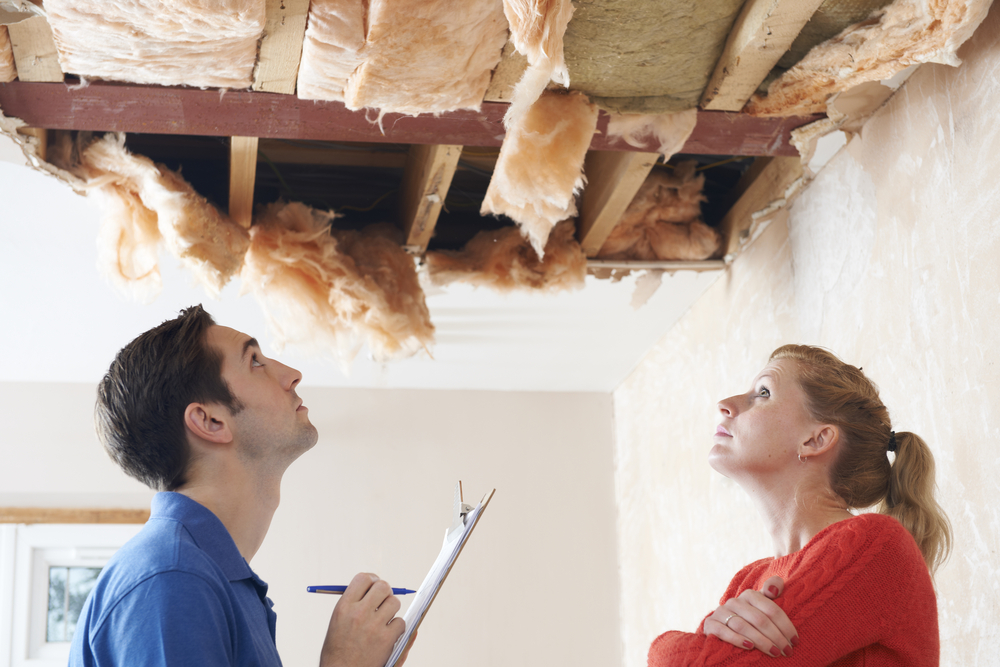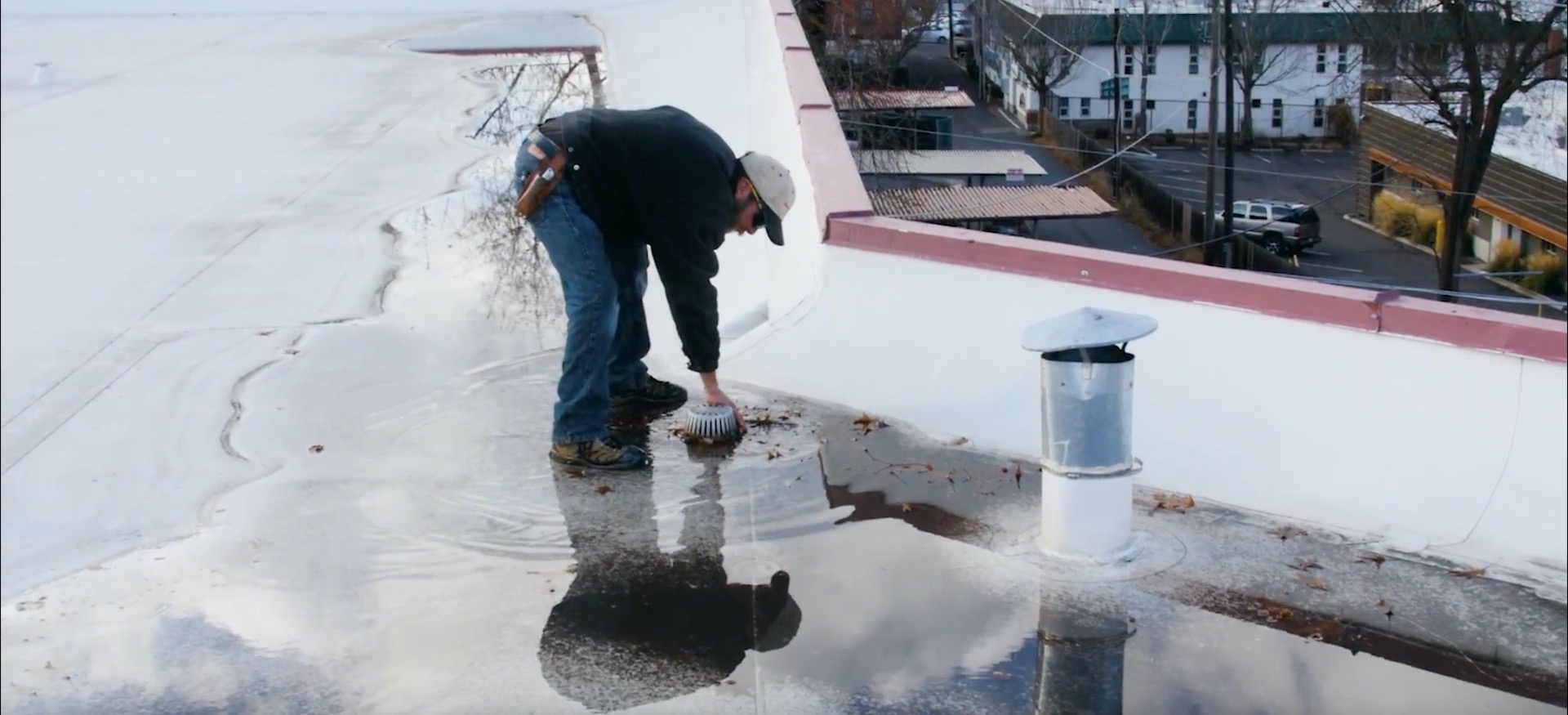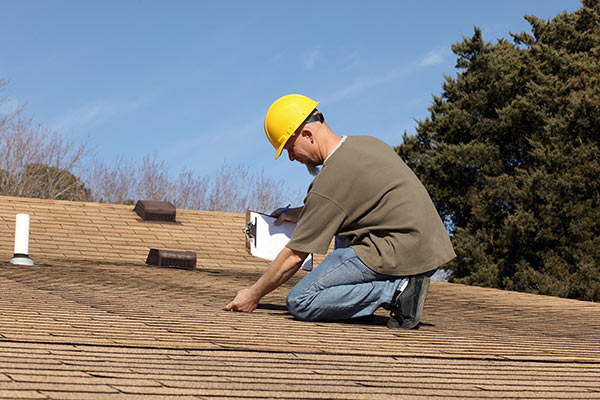
How much money do you want to save? That is the question many homeowners ask themselves when they are deciding what to do with their roofs. If the answer is “a lot,” you should focus on getting a free roof replacement inspection. Many homeowners spend time trying to lower utility bills and fail to realize that they have a leaky roof until it’s too late. This is a huge mistake. This blog post will discuss how getting your roof inspected can help save you money in the long run!
When is the best time to get your roof inspected for damage and potential leaks
There is no specific time of year that you need to have your roof inspected. However, it’s a good idea to get the inspection done each Spring and Fall before the storm season begins or ends. The weather changes in these seasons are typically more severe, which means there is an increased risk of damage to your roof.
If you do need to get the inspection done during Winter or Summer, ask if there is a way they can schedule it so that the inspector doesn’t have to walk onto the snow-covered or sun-baked roof. It’s also essential for them not to damage any vegetation on top of the structure and cause further issues with water runoff.
The point is to try and get the inspection done when there isn’t a high risk for damage, but you don’t have to worry about having it scheduled during specific seasons either as long as they can accommodate your schedule.
What does a typical roof inspection entail?
A typical roof inspection entails the inspector checking every visible square foot of your home’s exterior. The purpose is to detect any issues that can lead to a broken or damaged roof and cause leakage into your attic, ceilings, walls, etc. Any damage you are unaware of on top of the structure will become more severe over time until it’s caught early enough to be fixed before it becomes a problem.
The inspector will check the roofing material, flashing, chimney, and any other protrusions that could cause damage if they are not correctly installed or maintained. Any signs of leakage – such as water stains on walls inside your home – will also be noted during this inspection so you can address the issue right away.
The inspector will also look for issues with your gutters, downspouts, and other areas where water can be diverted from the roofing structure onto hardscaping or landscaping in your yard. This is especially important if you have a washout area near trees, plants, and shrubs that could easily get damaged if they become weaker from inadequate water drainage.
In addition to these areas, your inspector will:
• Check the chimney and make sure it is in proper condition
• Check any skylights for damage that can cause leaks or other issues over time
Check ventilation on top of the roofing structure as well as around vents inside your home
• This helps ensure exhaust fumes from your furnace or other appliances are properly removed to avoid carbon monoxide poisoning – and any debris build-up that can cause leaks, fire hazards, or roof damage.
If you have solar panels on top of the structure, these will also be checked for signs of wear and tear and improper installation, which could lead to potential issues with paneling, wiring, and other areas of the roof.
If there are any signs of damage on your home’s exterior, this is when you’ll want to get a more specific quote or estimate from the inspector for repairs that will need to be done as soon as possible. If they do not think it can wait too long before being addressed, ask them why so you can weigh the benefits of fixing it right away or waiting a little longer to see if the issue is resolved on its own.
The inspector will also provide suggestions for any repairs that should be made relatively soon but are not necessarily critical at this time. Hence, you have enough information about your roof’s condition and what needs attention before deciding when and how to proceed.

Why should you have your roof inspected before the winter season begins?
For anyone in the Northern States, this is a question that needs to be asked. Several factors could lead to damage and leaks during the winter season when snow accumulates on your roof surface. Once the snow begins melting from heat produced by the home below, it will eventually seep through roofs if there are any holes or gaps and cause water damage to the house. Having your roof inspected by professionals will help you spot any problems that could lead to leaks in the winter season, such as missing or broken shingles and poor ventilation for ice dams.
How often should you inspect your roof, and what are the signs of neglecting it?
If you have your roof inspected by professionals, it is best to have them check the roof at least once a year. If one finds that damage has been done to their home’s roof, they should immediately contact a professional contractor and get assistance with repairs before any more damage can be done.
Signs of neglecting your roof include dark spots, cracked or broken shingles, and curling roof panels.

What can happen if you don’t take care of any problems found during an inspection?
If you neglect the problems found during an inspection, it will lead to more damage down the road. Suppose your roof is not adequately ventilated for ice dams. In that case, this can cause leaks and water damage in winter when the snow melts—also having missing or broken shingles and poor ventilation can contribute to the rotting of wood, leading to even more damage.
Who do I contact for a free roof inspection or schedule an appointment with one of our professionals?
If you need to schedule an appointment with a professional contractor or want more information about our company, feel free to give us a call at(555) 555-5555 or visit our website at rooferspros.com for ,free quote today.
